There a few things that have been percolating in the back of my mind in relation to eco-friendly plantings. One is the thought, that high ecological function equals an ugly garden. With negative connotations including, that they are messy, unkempt and unruly. Another, is the mounting evidence of the value of gardens as ecosystems, especially in urban areas. And, then there's the over reaching idea that beauty and ecological function don't have to exist separately, but can be combined in one space.
What we're currently experiencing at Virens, is a huge uptick of interest in habitat and naturalistic plantings but also some hesitation. So what I wanted to explore today, are some ways that we can include ecological elements in green spaces without limiting beauty or style.
Broughton Grange (Tom Stuart-Smith). Biodiversity, form and function at its best.
Broughton Grange (Tom Stuart-Smith). Providing shelter, seed sources and garden beauty in the winter months.
Some Interesting Studies
Beauty vs. Ecology
What people see as ‘ecological’ and ‘biodiverse’ in public gardens (in addition to aesthetically pleasing) vs what can be proven as so, can be a wide gap. Understanding and balancing the science behind ecological planting design with the public’s perceptions of well-kept, aesthetically pleasing plantings can be a challenge.
Studies have shown that the public find exotic plant material or beds that are heavy with flower cover, elicit the greatest positive reaction. But, they also believe them to be the least ecologically functional. On the other hand, they view wild, more natural plantings as the least attractive, but highly ecological.
“colourful planting with bright flowers is viewed by most people as extremely attractive and stimulating. Flower cover over a critical threshold of 27% generates the ‘wow factor’. In contrast, subtle greens are more conducive to quiet reflection, and induce a restorative effect.” (H. Hoyle, 2017)
When you look at what elements are proven to boost function and leave behind public perception, there's a whole world of techniques that can improve a plantings eco-value without impacting its aesthetic qualities. This is also why it's great to start a design with a feeling that you want to create rather than a particular style. Since a feeling, like calm restoration, is influenced by the amount of 'subtle greens' that are included. And, the hardscape, layout and other designed elements can then be added to enhance that desired feeling.
Delos at Sissinhurst (Dan Pearson). Ecologically sound plantings that give the feel of a Greek isle in England.
A detail of naturalistic plant material mixed with light coloured gravel and stonework in a Greecian style. The grey-green foliage and soft herbaceaus flowers chosen add to the calm Mediterranean feeling. (Delos at Sissinghurst)
Ecological Importance of Parks and Gardens
According to research, “home gardens are by far the biggest source of food for pollinating insects, including bees and wasps, in cities and towns” (N. Tew, 2022)
A study, led by the University of Bristol, measured for the first time how much nectar is produced in urban areas and discovered residential gardens accounted for the vast majority. An average of 85% in fact.
"...the nectar supply in urban landscapes is more diverse, in other words comes from more plant species, than in farmland and nature reserves, and this urban nectar supply is critically underpinned by private gardens,"
"Gardens are so important because they produce the most nectar per unit area of land and they cover the largest area of land in the cities we studied."
Nearly a third (29%) of urban land covered by domestic gardens, which is six times that of parks, and 40 times the area of allotments and community gardens.
Which goes to show the wider reaching impact of garden spaces and their level of ecological function. Any improvement that we can include, adds up for the greater good.
The Melbourne Pollinator Corridor, is a combination of hundreds of small wildlife-friendly street plantings that cross the city.
Melbourne Pollinator Corridor detail. Water and shelter in small doses add up.
Making Ecology & Beauty Synonymous
There are a few things that we know we all look for in a planting, whether it's conscious or not. We seek out areas that are quickly and easily defined by human eyes, so that we can feel safe and at ease in them. This feeling of refuge can be attained in a garden design through the use of elements that create patterns and add structure and sensory experiences to help us better navigate the space.
Increasing the ecological value of an area can be done while still adding those desired elements. Both concepts can be combined in a single space, they don't have to exist separately. After all, wildlife requires certain elements, but doesn't care what they look like. As long as we provide, water, food and shelter, they can take any visual form that we like.
One way to look at adding eco-friendly elements, is to consider either making them a focal point or, hiding them out of sight entirely. While this may seem like a challenge, it’s also an opportunity to get creative. You have the ability to build a garden in any style that you want, be it naturalistic, cottage or even a formal parterre, while including elements that encourage healthy ecosystems.
Penn State Pollinator Garden (Didier Design Studio). Retaining walls combine the sleek texture of corten steel with soil blocks for ground-nesting bee species.
Penn State (Didier Design Studio). Habitats in a mosaic style, wetlands vs grasslands.
Pattern: Symmetry, Repetition & Balance
Pattern is one of the best ways to create connection between individual sections in a garden and add overall cohesion. The simple act of repetition builds patterns that we find aesthetically pleasing. Using colour, form, scale and materials repeatedly in the same space creates continuity. Your eye will seek these out and quickly recognize not only what kind of space that you've entered, but how you fit into it.
The Barbican's planting feature a repetition of both colour and globe forms (Nigel Dunnett).
Sissinghurst's White Garden combines several pattern building techniques: symmetry and balance of forms, walkways and multiple trellises. Plus a single unifying colour, builds connection between a hugely diverse group of species.
There is a Japanese aesthetic principle called fukinsei, which is all about creating balance in a composition, using asymmetry or irregularity. Which can be very effective when you have a single, strong element to incorporate into the space.
Trees balance a single, contrasting sculpture in the Hepsworth Wakefield Garden (Tom Stuart Smith)
Linear pathways, walls and water rills, all function in multiple ways, depending how you use them. They can divide areas to create garden rooms, encourage movement through the space and also connect different habitat areas overall. Repetition of materials in the hardscape used, also contributes to the desired feeling. For instance hard edged concrete and polished metal, is a different mood when compared to weathered wood and river rock.
A dead hedge that seperates the river from the field, yet connects the riverbank and encourages us to move along its length.
Cared for vs Unkempt: Maintenance for added Beauty
Some of that safe feeling that we seek out in gardens can be found in our maintenance choices. The simple act of clearing pathways, mowing and pruning will give a 'wild' garden enough structure to create a cared-for feeling. Even if it's merely a perception, it's an important one.
Rewilding is a spectrum, and it's up to you to chose where your garden sits. Whether it's fully naturalized or totally formal with a few ecological additions, every bit counts (as the study referenced early confirms). In fact, some of the most valuable ecologically green spaces are a mosaic of different habitats and materials that combine, to support a multitude of natural functions.
It's also important to note that better ecological function also means less maintenance over all. A well-designed ecosystem forms a closed loop that requires little additional input to look after itself. So, a small amount of thoughtful maintenance can give you more time to enjoy the garden, with less work involved.
Selective mowing can be used to add a pattern, highlight areas and give a cared-for feeling.
Regular prunning can add an architectural feeling to shrubs and trees, while preserving habitat value (as long as it's done outside of nesting seasons).
Keeping a pathway clear of obstructions is often enough to create a perception of safety and care, while other areas of the garden are left in a more natural state.
Structure, Proportion and Scale
Good bones are important in a garden space. The topography in an area is one of the first things to be determined and can also make a huge difference to its ecology. High spots like raised beds, retaining walls, berms, hills and rocky patches are all great for wildlife that shelter and nest in dry elevated places. Additionally, low spaces that hold, capture or direct water support an entirely different set of flora and fauna. So we would encourage you to play with the topography in your garden and include as many different kinds as you can. Greater diversity equals greater interest and overall value.
Considering the size and layout of the space is also part of the process. The desired uses and priorities of stakeholders will often determine the flow and overall mapping of the garden. But, as you start to get into the details, try different sizes and amounts of material to give the sense of proportion and scale that fits the surroundings and adds to the feeling that you're trying to build.
Patches of different materials and maintenence practices can fit together to form a cohesive space, like individual tiles in a mosaic.
High areas support unique species of plants and animals that are adapted to dry areas. The large size of these stone pieces also add a larger scale of reference, changing the feeling of the space.
Low areas are great for wet ecosystems like bogs, riverbanks, ponds and temporary storm water capture.
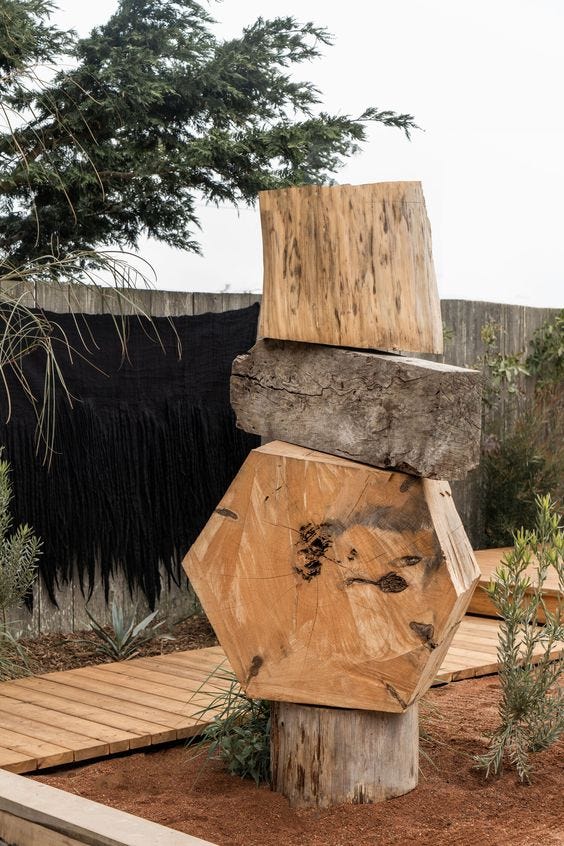
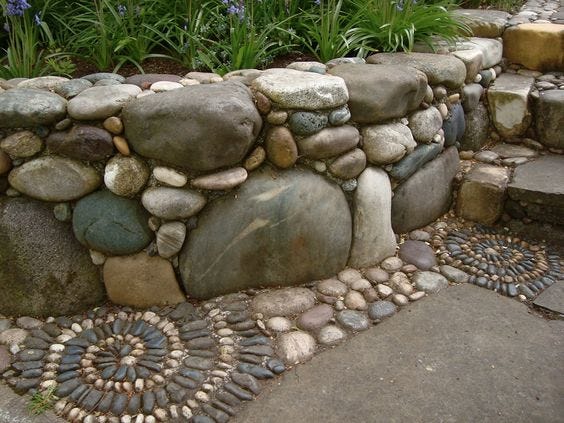
Natural materials are important for all kinds or birds, insects and other lifeforms. Dead wood doesn't have to be a tree stump or a snag, it can also be a modern sculptural focal point. Rock and stone work provides protection and gives a sense of style, scale and pattern when different shapes and sizes are used. It's also important to consider how much of the space is being filled with what. Unique proportions will help you reference where and how the viewer fits in the space, and ultimately moves through it.
Metal gabions can be filled with all kinds of upcyled/ natural materials, from old tiles to river rocks, that add ecolocical value and beauty.
Living fences and sculptures are another amazing choice, where plants adapted to your local climate can grow while adding form and structure to your design. Wood piles, dry stack walls and dead hedges (where garden debris is arranged in a hedge-like structure), woven willow and hedges (layed when mature for added structure) are just a few of the options available.
Wood piles create wave patterns that connect the space (Nigel Dunnett).
Sensory & Habitat Elements
When you think about it, it's our senses that inform us of where we are and what we are experiencing in a green space. It just so happens that many of the things that effect them, are also necessary to good eco-functions.
Water rills, are great for garden sounds, cool feelings and refreshing sights. Plus birds, insects and other wildlife need water for drinking, ablutions and habitat.
Other water features (fountains, dishes, bubblers etc) work on multiple levels. A sound experience, wildlife use (with pebbles for pollinators), the visuals of running/ reflective water. Plus it presents another opportunity to repeat or introduce different materials to the space.
Herbs, veg and highly scented plants are easily incorporated into ornamental gardens and are just as welcomed by non-human beings.
Varying plant and hardscape materials provide unique experiences for touch as well as movement. And, don't get hung up on only pleasant sensations. Have you ever wanted to touch something pricky or sharp?
Purpose Built Elements
There are a huge variety of beautifully designed modular elements that can be added to improve a gardens ecology (whether visible or not). These include, tiles with built in bird houses, bricks as bee, bird and bat habitat and panels for moss and grasses. Many garden features are now being designed with built in steps for easier wildlife water access and vertical and green roof solutions without losing any style.
Please note that we haven't included any manufactured bee houses or hotels where reeds, stems or bamboo are bundled. These can encourage fungus and predatory issues that can effect bee health. It's always preferable to provide natural habitat when possible. Check out our Substack (Garden Culture by Virens Studio) for tips on spring cut back techniques for cavity nesting bee species.
A modern minimalist water feature with small steps designed for birds and pollinators (Green & Blue)
Modular wall panels with space for growth.
Green roofs and walls can be added to structures and outbuildings with modular systems including trays and pouches.
Hopefully we've helped to dispel some of the misconceptions that ecologically functional gardens aren't as beautiful as some others. As we all know, gardens are important, not just for our health but also for the planet at large. So, have some fun in your green space and don't forget to let us know how it goes, we'd love to hear all about your journey to a planting that's not only eco-friendly but beautiful. We encourage an ongoing dialog, as there's always something new for us to learn as well.
Sara-Jane at Virens Studio
Virens is a studio in Vancouver, Canada, that specializes in ecological planting design, urban greening consultation and of course, garden writing. Visit us on Substack at Garden Culture by Virens Studio, on Instagram or via email. We'd love to hear from you, and help create your dream planting.

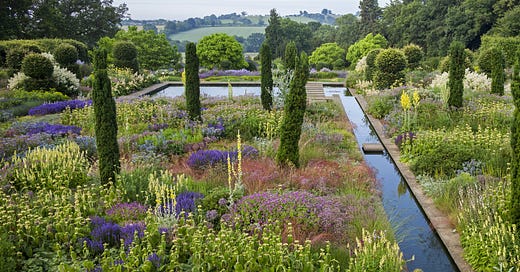



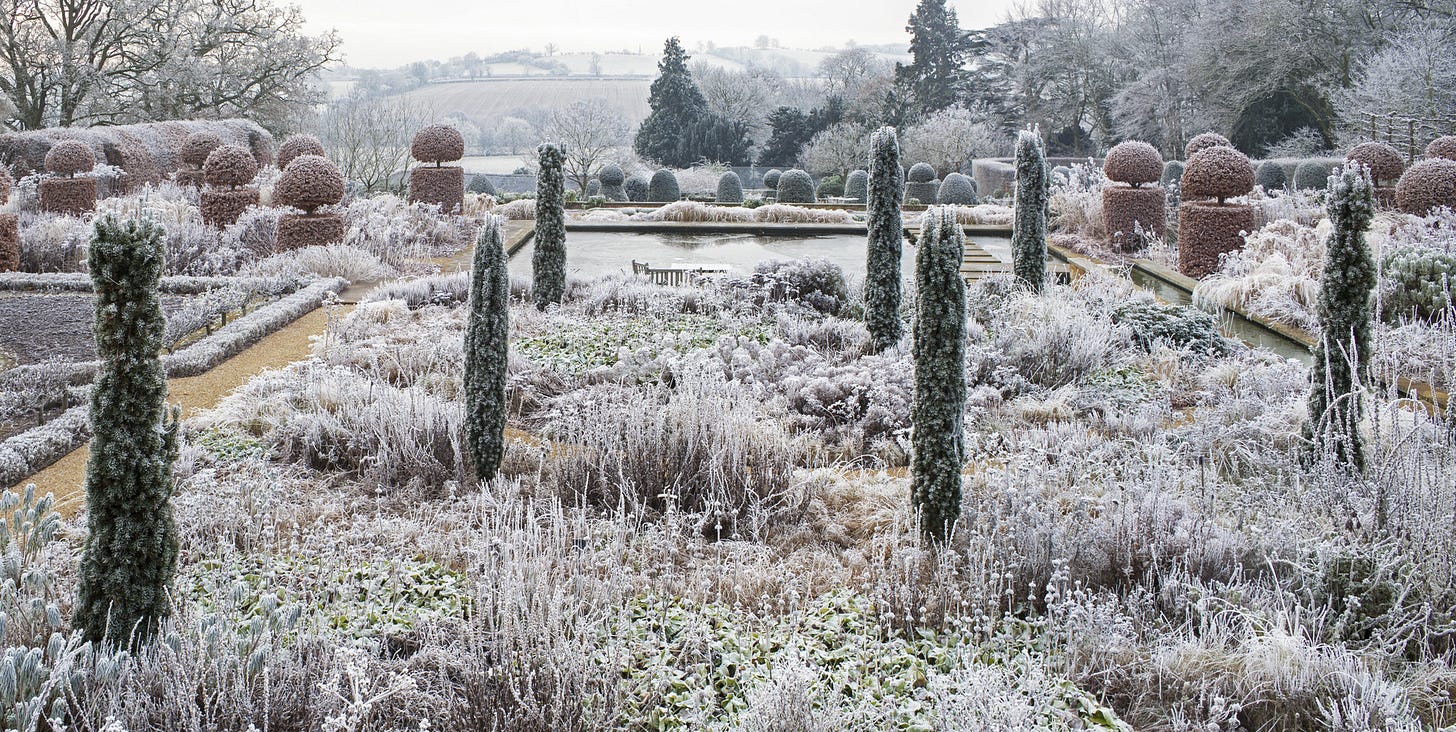
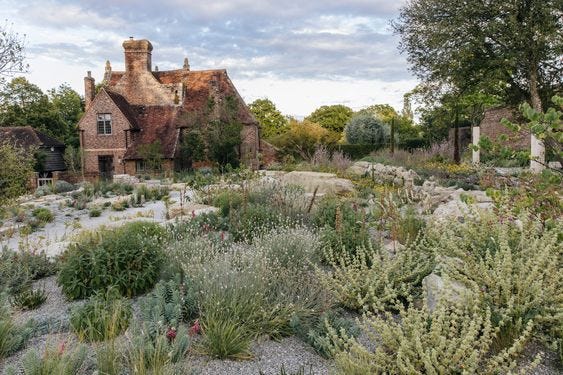

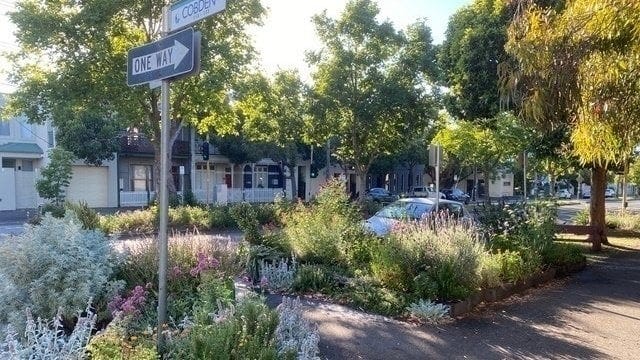

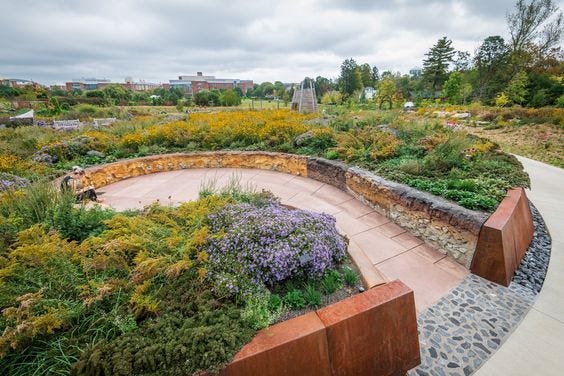
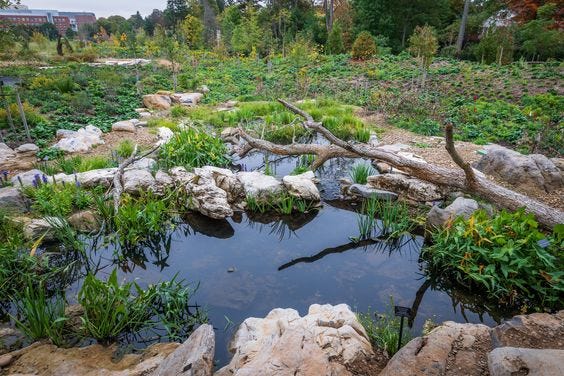
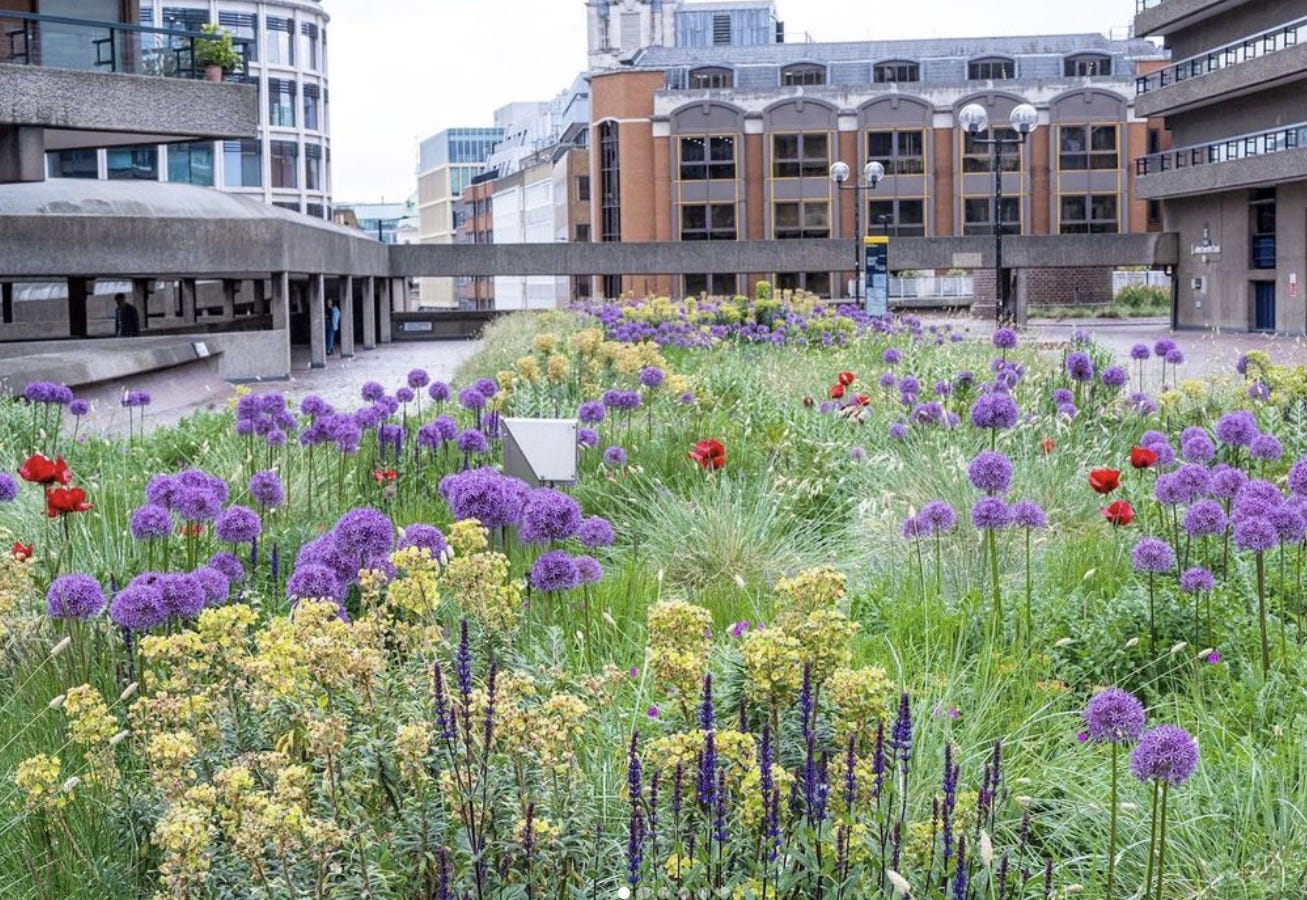



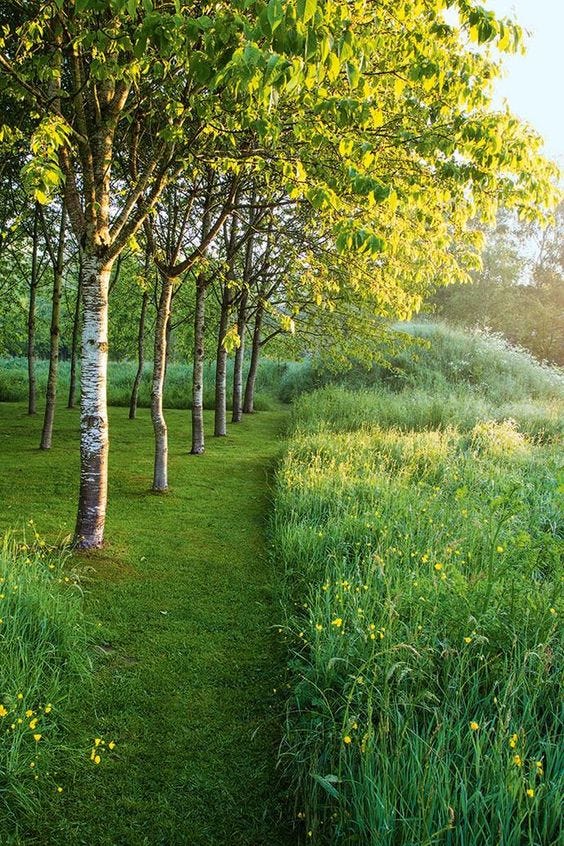



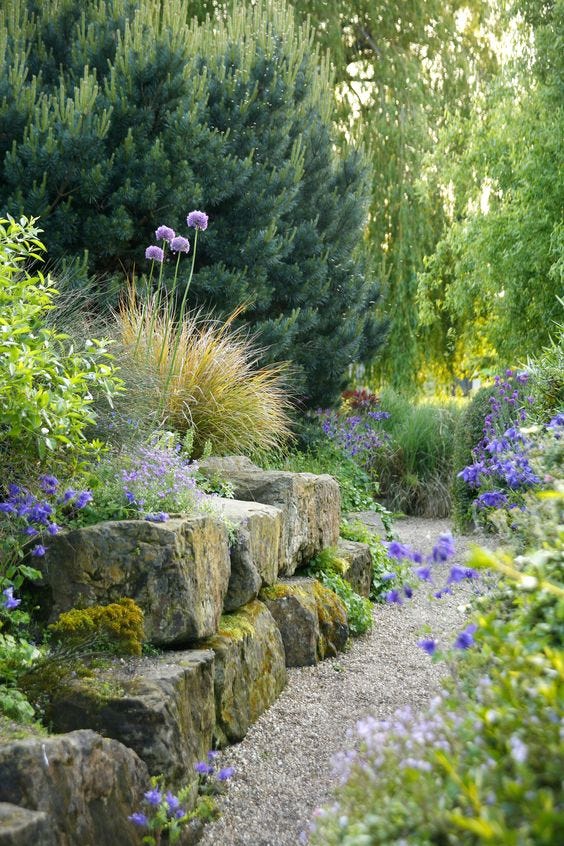
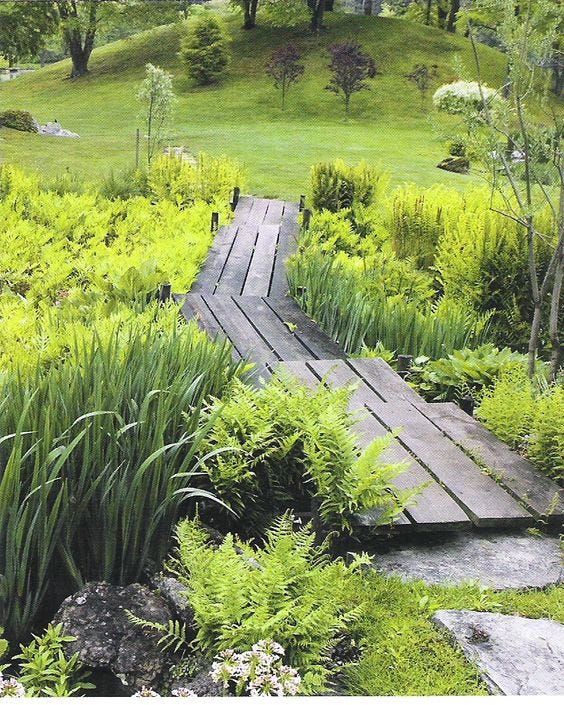
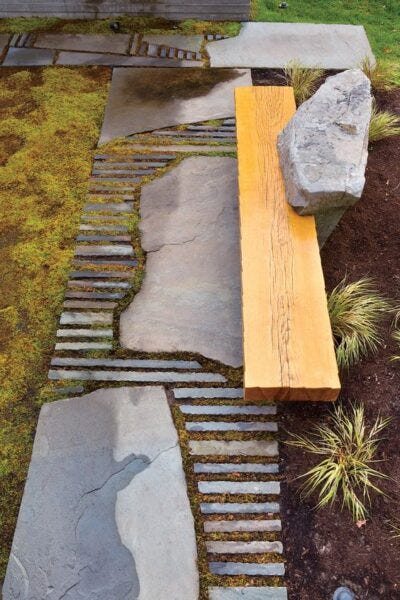
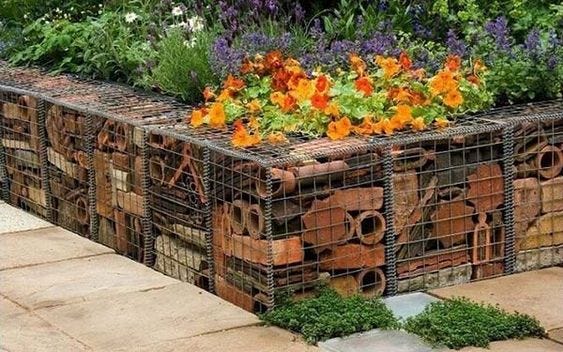
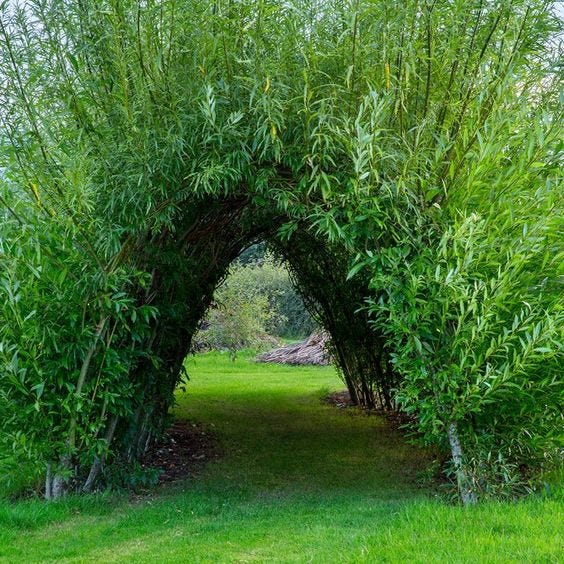
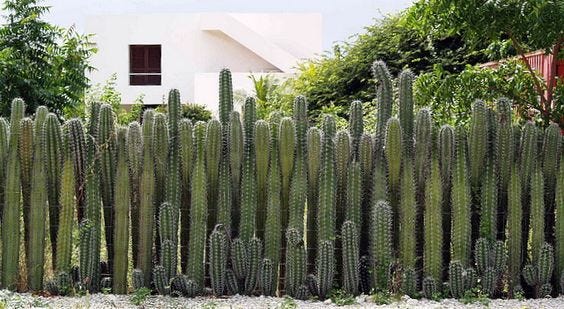

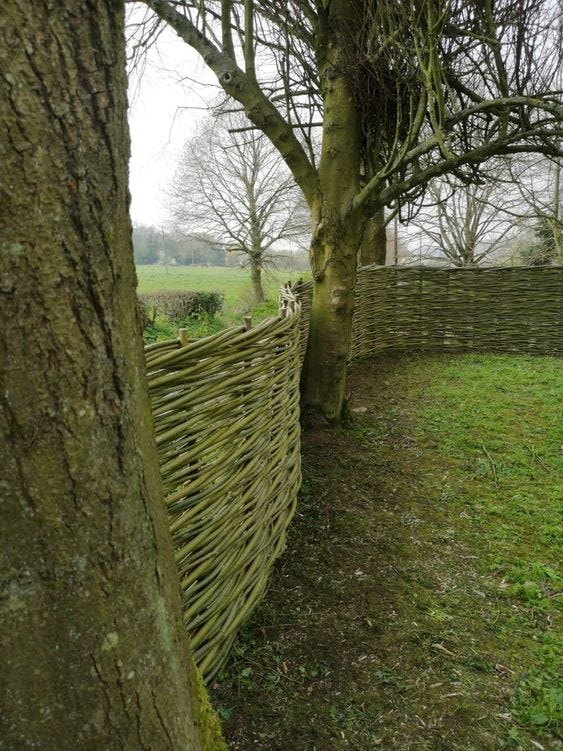
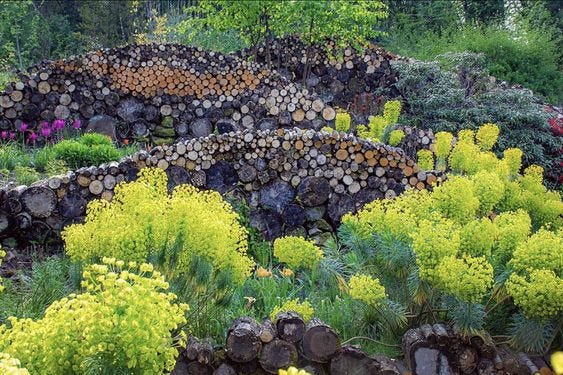
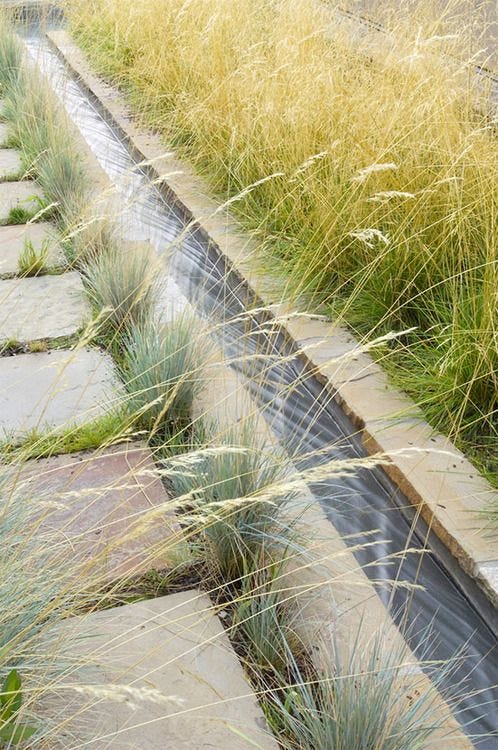





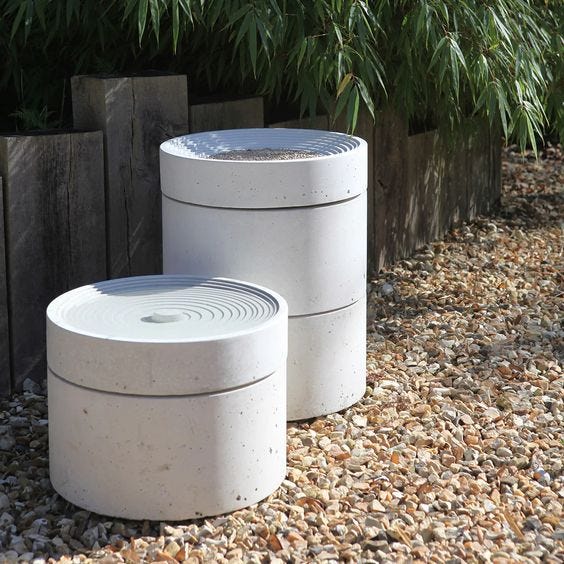
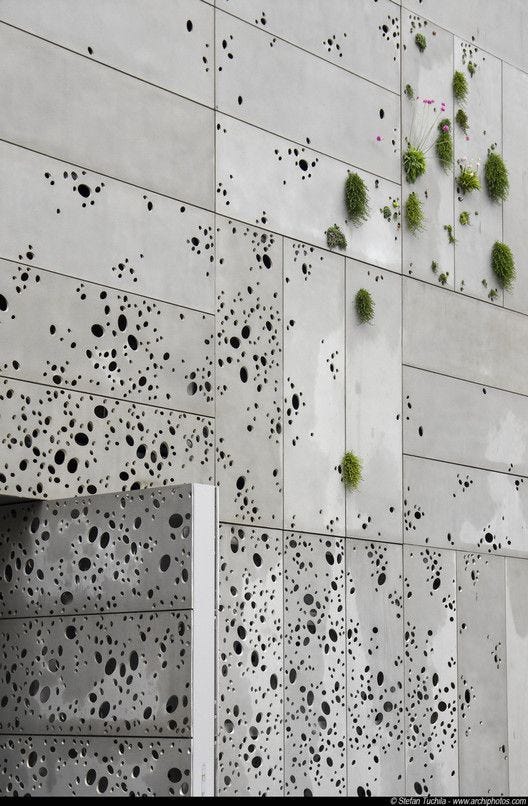

Really enjoyed reading this article. Completely agree with your point ‘rewilding is a spectrum’ - you don’t have to have rolling acres, beavers and a messy garden to make a difference! Might be nice though!
This article made my day and almost saved my life 😍